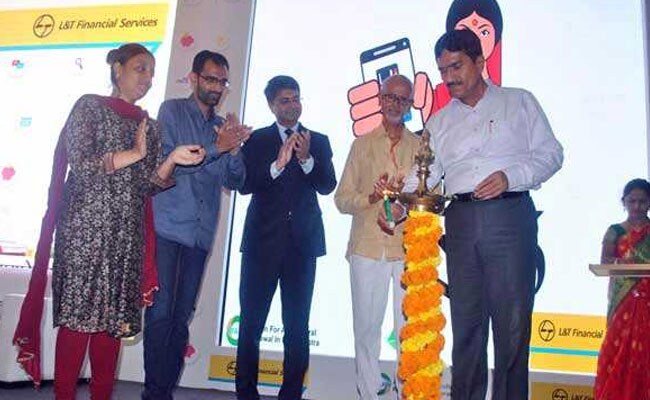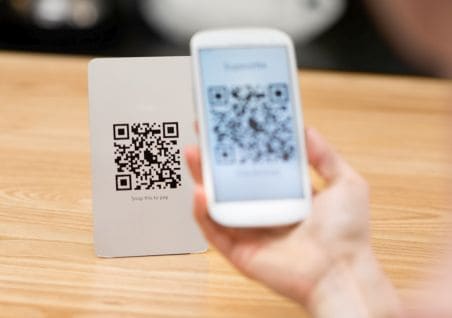- Cashless Bano India/
- Features/
- Women Empowerment Via Digital Finance, The Objective Of Maharashtra's Digital Sakhi Programme
Women Empowerment Via Digital Finance, The Objective Of Maharashtra's Digital Sakhi Programme

Highlights
- The programme will train 100 women in its first phase
- The women will be trained from Pune, Solapur and Osmanabad
- Maharashtra plans to install 30,000 PoS systems in rural areas
The Digital Sakhi programme is focused particularly towards imparting knowledge on the concepts of digital finance, usage of cashless methods of payment and general usage of debit cards and netbanking facilities. The programme in its pilot stage will focus on training 100 women from 32 villages of Pune, Solapur and Osmanabad. These women or Digital Sakhis as they'll be called, would be responsible in training up to 1,000 female entrepreneurs to enable them to lead a daily cashless life and master the art of digital transactions.
The record of cashless financial inclusion in rural India has been poor for ages, despite the Union and state governments advocating for the adoption of cashless methods of payment. The National Payments Corporation of India (NPCI) estimates that only 2.5 million rural Indians engaged in cashless transactions ever since demonetisation was announced in November 2016. Apart from low penetration of internet in rural areas, low awareness on cashless payment methods and instruments is a major deterrent for rural people when it comes to going cashless. The Digital Sakhi initiative aims to ensure that rural women in Maharashtra are flexible with all methods of cashless payment.
Under the Digital Sakhi initiative, rural women will now be able to use various modes of digital payment within the coming few months. As the whole country is going through a financial revolution in terms of digitisation, being adept at the use of digital methods of payment will help these women, said Chandrakant Dalvi, Divisional Commissioner, Pune.
Apart from ensuring that women in these 32 villages become experts at digital transactions, the programme is hopeful that by helping these women become familiar with digital payments mechanisms, they will also encourage them to become rural entrepreneurs. Once these women are familiar with how digital transactions work, they can begin small businesses, the transactions for which can be conducted via digital means. Adoption of entrepreneurship will allow these women to become financially independent and strengthen rural economy around these regions, which is primarily agriculture dependent.
This programme will ensure in financial independence of rural women in these areas. Though experimental, this programme will ensure that women entrepreneurs are well versed with digital payments systems and can easily transact using the various payments options available today. Cash is no longer the only available instrument for conducting transactions. Operating small businesses will become much easier for these women on adoption of cashless transaction mechanisms, said Dr Dwarkadas Lohia, Chairperson, Agricultural Renewal in Maharashtra.
Around 100 women, aged between 25 to 30, have been chosen for the first batch of Digital Sakhis, to be trained on how to utilise technology and go cashless. They have been chosen after a thorough screening, which scanned for leadership qualities as they would be responsible for going from village to village and training others. The pilot programme will be a year-long one, during which the women are required to undertake two refresher courses which outline the numerous cashless options available, the core concepts of digital finance and the basic usage of ATM cards, PoS machines, mobile wallets and other digital payment tools.
The programme has been designed to not just help them learn the various methods of digital payment, but also to ensure that they understand what going cashless means and the associated benefits. The refresher courses will also touch upon the benefits small businesses can get from going cashless and how less dependency on cash ensure smoother functioning of a business, said Mr Lohia.
Maharashtra prepared a roadmap to boost cashless transactions ever since demonetisation was announced. Some of the major steps taken by the state to boost cashless transactions are the continuing revamping of the public distribution system (PDS) to go cashless, installation of PoS systems in over 30,000 villages and the launch of Maha-wallet, the state's e-wallet service that will enable citizens to carry out transactions from smartphones. The addition of empowering rural women by training them in digital finance will only boost the rural economy of the state and successfully push it towards broad basing its cashless agenda.
Also Read: How Micro ATMs Could Help Make India A Cashless Economy
About The Campaign

NDTV along with MasterCard is launching a multi-platform campaign “Cashless Bano India”, to create digital awareness and educate the masses about digital payment solutions for day to day transactions.
The campaign aims to take the message of a cash free India to the country, all while educating them on the ways and means to do it.
We aim to reach out to people and educate them on:
1). Digital and financial literacy
2). New generation digital payment solutions
3). Enabling merchants and consumers to understand and adopt secured and safe payment Solutions
4). Ease of usage at point of sales


